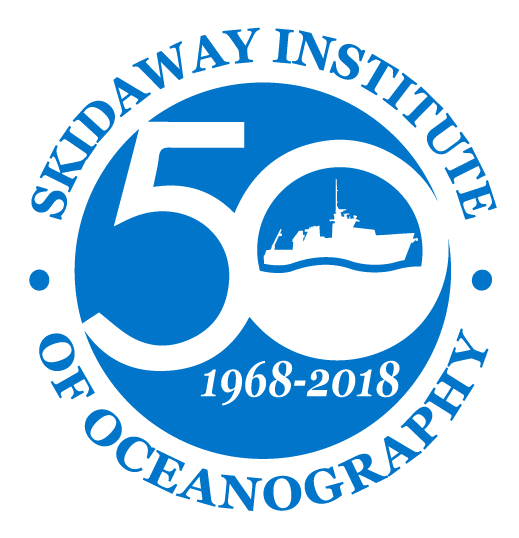The Skidaway Institute of Oceanography was born in 1968, but the story of the institute began several years earlier with a dream of some local and state leaders to give Georgia a foothold in the burgeoning field of oceanography. In 1964, the Georgia General Assembly formed the Georgia Science Technology Commission with an Oceanographic Task Force. Two years later this task force proposed that an oceanographic research laboratory be established on the coast. That same year, the U.S. Environmental Science Services Agency decided to establish an east coast facility. State and local leaders wanted to attract the federal facility to Georgia. To that end, in 1967 the General Assembly created the Ocean Sciences Center of the Atlantic Commission (O.S.C.A).
During this same time period, two property owners on the island offered to donate land to provide a home for the facility. Robert and Dorothy Roebling, and their family, had lived on the island since the mid-1930s and operated a cattle breeding facility they called Modena Plantation.
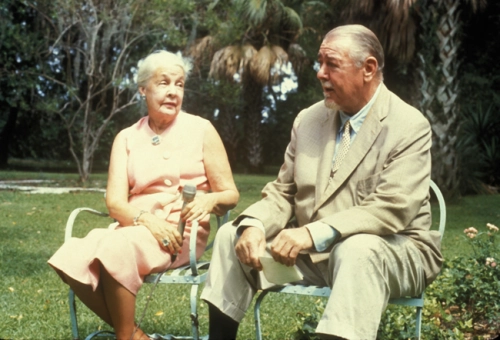
Skidaway Institute’s current main campus is on the former Modena Plantation. Much of the remainder of the island was owned by the Union Camp corporation, which had previously used the property to grow pine trees for wood pulp to supply their paper plant in Garden City. Union Camp donated several hundred acres, which now includes Skidaway Institute’s Priests Landing dock on the Wilmington River. Union Camp also donated the land to accommodate Skidaway Island State Park.
In the end, Georgia did not win the prize for the federal facility. It was eventually established in Miami, Fla., but the idea of an oceanographic research institution on Skidaway Island was carried forward. Skidaway Institute of Oceanography was established as part of O.S.C.A. in 1968. In 1972, Governor Jimmy Carter dissolved O.S.C.A. Skidaway Institute was then assigned to the Board of Regents as an autonomous unit of the University System of Georgia (USG).
Skidaway Institute officially opened on July 1, 1968. The former dean of Georgia Tech’s College of Engineering, Thomas Jackson, was the first director. He hired Herb Windom as the first faculty scientist. Windom had just completed his Ph.D. at Scripps Institution of Oceanography, University of California at San Diego. Soon others followed, including Howard Yen, who was finishing up a doctorate in mechanical engineering from Georgia Tech, and Jim Andrews, who was completing his doctoral work in animal nutrition from UGA.
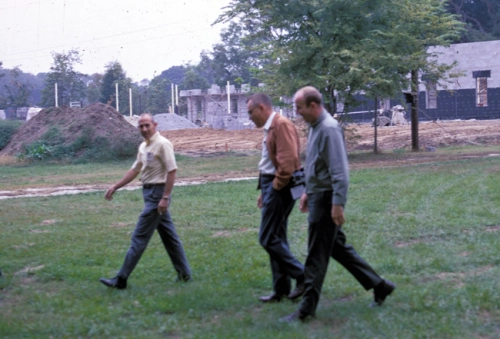
The early support staff was very small. Jackson brought Lee Knight with him from Georgia Tech to be assistant director. Richard Buchner handled the business office, and Bonnie Zeigler was hired as a bookkeeper and secretary.
In those first days, Skidaway Institute relied heavily on the infrastructure inherited from the Roeblings, including a sophisticated firefighting system, farm buildings and dwellings, and a machine shop with equipment still in use 50 years later.
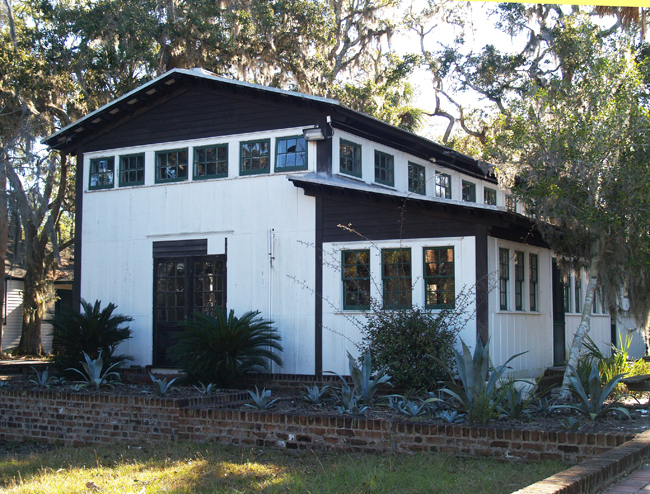
Initially, the director and all other staff had offices in the Roeblings’ two-story schoolhouse/gymnasium now called the Roebling House.
Work began fairly quickly on the first modern office and laboratory building, later named the Dorothy R. Roebling Laboratory Building. That building was completed in 1970.
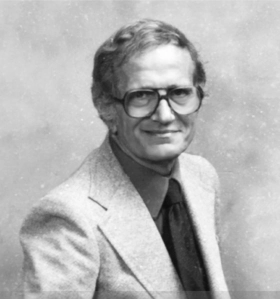
In late 1969, Skidaway Institute received a new director who would play a dominant role in shaping the course of the institute over the next 23 years. David Menzel had wide-ranging experience as a marine scientist and took the reins of Skidaway Institute after a six-year tenure at Woods Hole Oceanographic Institution. He brought an instant visibility to Skidaway Institute with his research reputation in oceanography, and his national and international connections. Soon after his arrival at Skidaway, he started hiring several young scientists from various oceanographic graduate schools. Whether a biologist, chemist or physicist, scientists were expected to approach questions in a multidisciplinary fashion and in cooperation with others, so they looked at an issue across all the disciplines. His aim was to establish an oceanographic research group capable of addressing interdisciplinary research topics, particularly those focused on coastal oceanographic processes. Through Menzel’s efforts, the Skidaway Institute of Oceanography became one of the true pioneers of interdisciplinary coastal oceanography.
Because of his stature and connections, and the quality of the faculty he hired, Menzel was able to integrate the faculty into national and international research programs, workshops and meetings. This allowed them to network and make connections with colleagues, which often led to research collaborations that lasted decades.
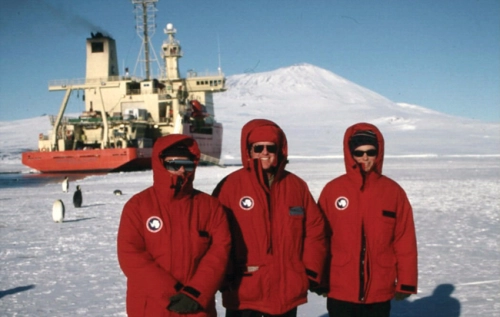
During the 1970s, much of Skidaway Institute’s research was focused on understanding biogeochemical processes and their relationship to circulation on the continental shelf, a true interdisciplinary endeavor. This has remained an underlying theme of Skidaway Institute’s research to the present day. Early research benefited from large block grants from the Atomic Energy Commission (AEC), later the Department of Energy (DOE). The AEC/DOE was interested in knowing the potential impacts of all things related to energy production and exploration.
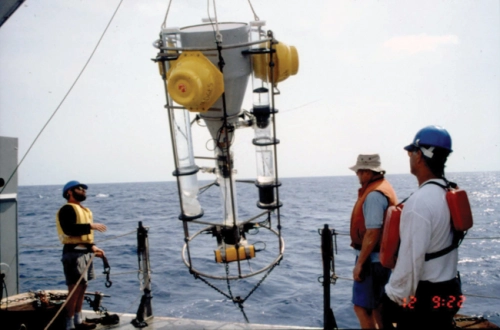
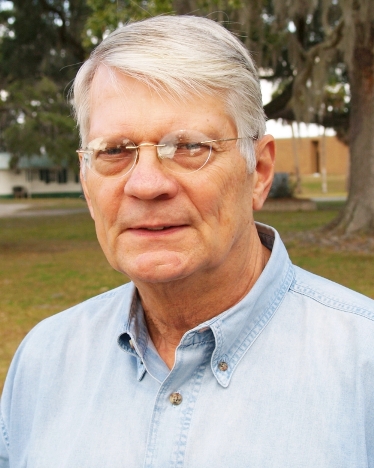
The National Science Foundation declared the International Decade of the Ocean from 1971 to 1980. Skidaway Institute and Menzel took the lead in one major international project, the Controlled Ecosystem Pollution Experiment (CEPEX), the results of which spun off a second program — Vertical Transport and Exchange (VERTEX). These two projects provided funds that supported Skidaway Institute scientists for several years. CEPEX studied the responses of pelagic marine food chains to low and chronic levels of various contaminants. It originated with concerns about the potential impact of fossil fuel exploration and energy production, along with nuclear power production, on the marine environment. VERTEX’s goal was to determine just how much carbon in the form of phytoplankton detritus sank to the sea floor over a given period of time, aimed at a better understanding of the global carbon cycle.
In 1993, Menzel retired. Skidaway Institute’s first faculty scientist, Herb Windom, moved up to the director’s office. He began a campaign to significantly upgrade Skidaway Institute’s research fleet. The former fishing trawler, the Research Vessel Blue Fin, had limited capability and was aging. Eventually, the institute ordered the construction of the 104-ft R/V Savannah, which was built in Maine and arrived at Skidaway Institute in September 2001.
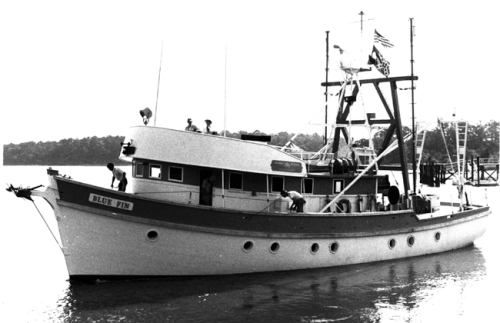
The R/V Savannah is a member of the University National Oceanographic Laboratory System (UNOLS) and Academic Research Fleet (ARF) and has been utilized by Skidaway Institute scientists as well as scientists from other institutions to conduct marine research in regions as far away as Long Island, NY, the western Gulf and the coast of South America.

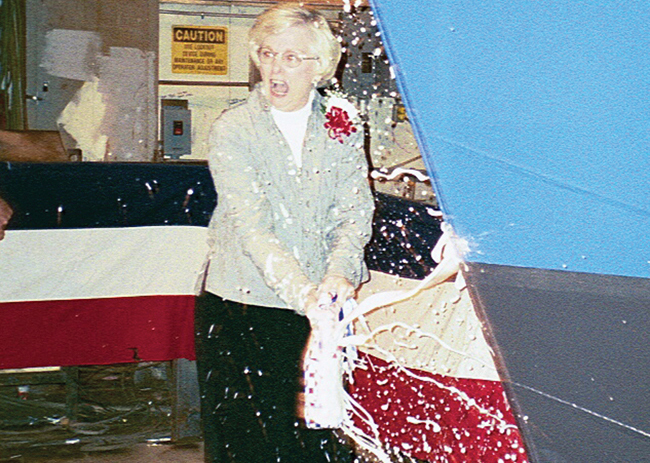
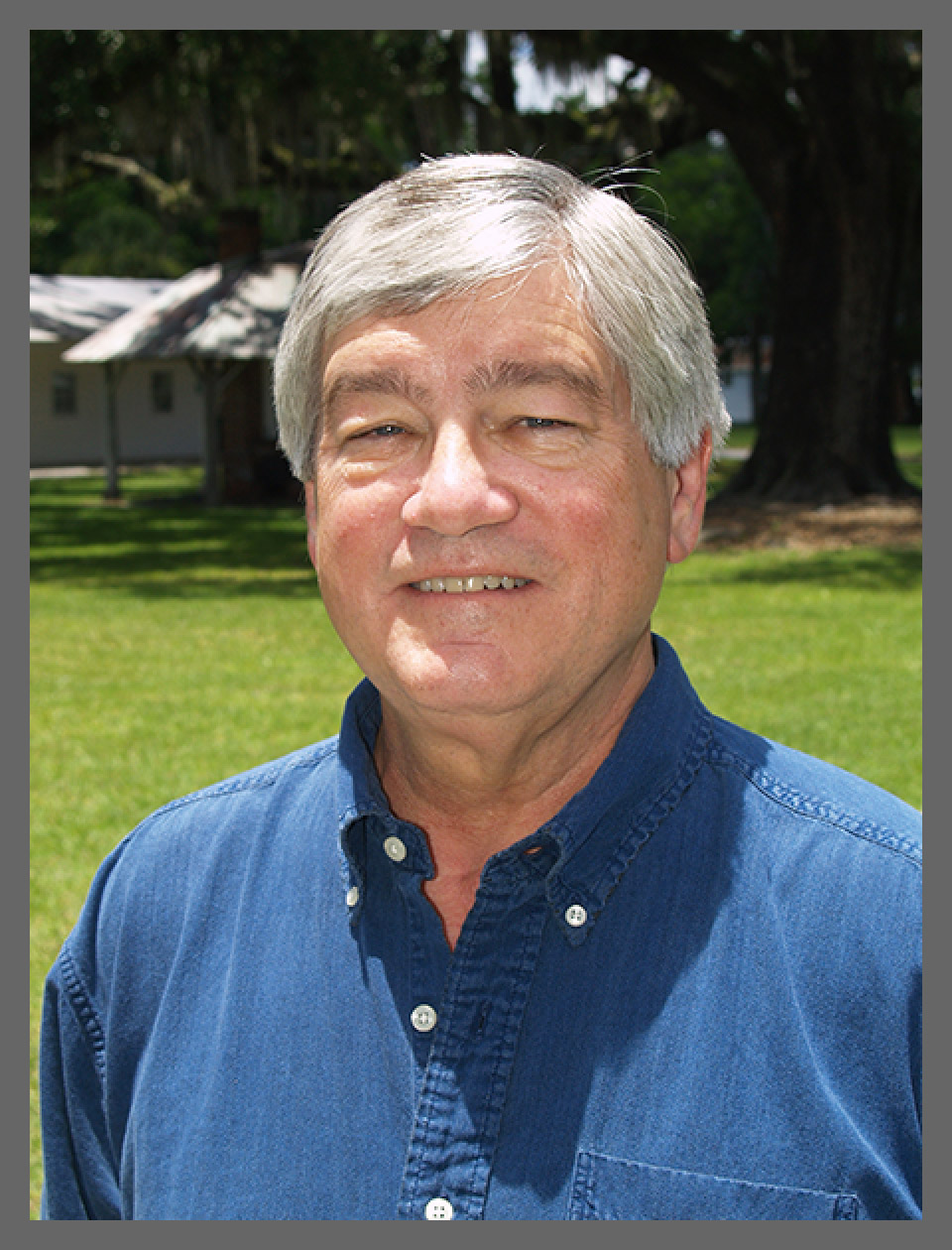
In 2001 Windom retired, and Rick Jahnke was appointed acting director until Jim Sanders, who years earlier had been a graduate student at Skidaway, took over the leadership of the institute.
During Sanders’s first several years as director, the institute was challenged by funding issues as the recession of 2002-3 and the “great recession” that began in 2008 cut into the institute’s state and federal funding. The reduction in funding resulted in a reduction of support staff and the elimination of Skidaway Institute’s engineering department.
During this time, however, the institute also saw an expansion of its facilities and evolution within its faculty. The long-awaited Marine and Coastal Science Research and Instructional Center, a modern laboratory research structure, was funded through a $5 million appropriation by the Georgia General Assembly in 2006 and was completed in 2009.
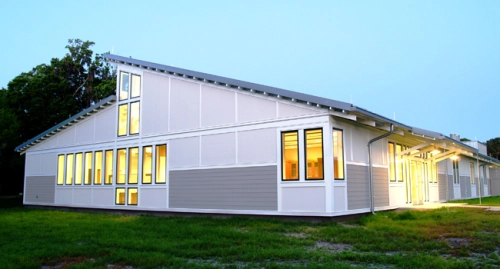
It provided much needed office and laboratory space. In 2008, the General Assembly approved a $1.2 million capital appropriation to replace the institute’s aging wooden main dock with a modern concrete pier and floating docks, and to renovate two other docks. Finally, in 2015, the state approved a $3 million appropriation to extensively renovate the Institute’s iconic, circular cattle barn (a legacy of the Roebling era) into a modern space designed to provide meeting areas, teaching spaces and exhibits for the interested public—in essence, a new “front door” for Skidaway Institute.
The 2000s also saw a transition of the Skidaway Institute faculty. In addition to Windom, a number of faculty scientists who had long been the core of the institute’s research retired, including Dick Lee, Gustav Paffenhöfer, Stuart Wakeham, Rick Jahnke and Jack Blanton. (Windom, Lee and Paffenhöfer continue to be active at the institute in an emeritus status.) These retirements, along with the death of Peter Verity, created space for an influx of new and younger researchers. During Sanders’ tenure as director, 10 new members joined the Skidaway Institute faculty. Five of those new hires were women.
In 2012, after nearly 40 years as an autonomous unit of the USG, Chancellor Hank Huckaby directed that Skidaway Institute be merged into the University of Georgia. That merger became official on July 1, 2013. The director of Skidaway Institute now reports to the university’s Office of Research. Currently, the faculty are all part of the Department of Marine Sciences at UGA’s Franklin College of Arts and Sciences. The educational component of Skidaway Institute’s mission grew with the acquisition.
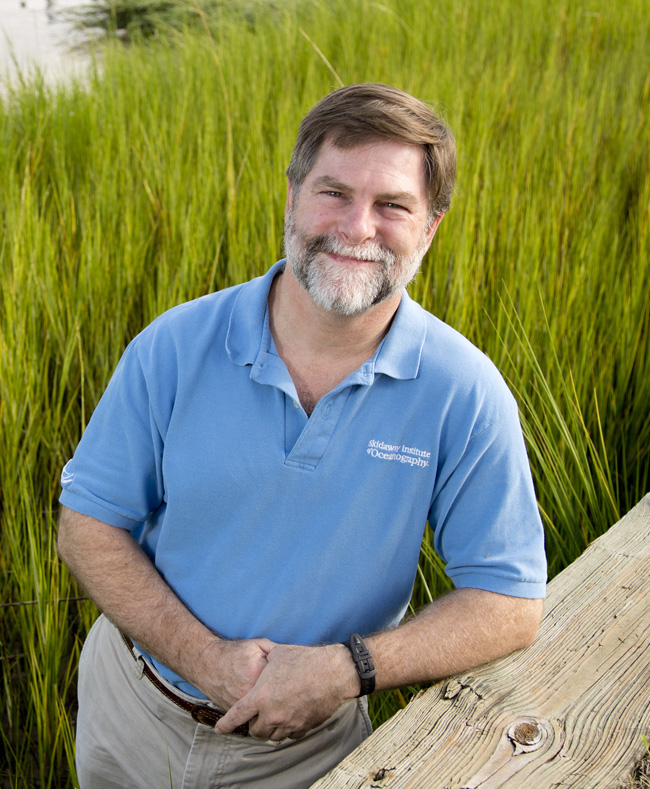
In 2015, Sanders announced he would be stepping down as director in 2016. Long-time faculty member Clark Alexander was appointed interim director, and in 2017, that appointment was made permanent.
Under Alexander’s leadership, the Institute is now home to 10 full-time faculty members and more than 15 graduate students. Skidaway faculty teach graduate-and undergraduate-level courses and have UGA graduate students working in their labs. To accommodate the growing need for more classroom space, in 2019, a 1940s cattle barn on the property was reborn as a modern classroom and laboratory space.
Each fall semester, the Institute also now runs the Semester at Skidaway Field Study program, which places undergraduate UGA ocean science majors at Skidaway for a semester of courses, field trips and research.
The R/V Savannah underwent a refit completed in May 2024. The length of the vessel was extended from 92 feet to 104 feet. Additionally, the main engines were replaced, new generators were installed, and the laboratories were updated, among other improvements.
Since 1968, Skidaway Institute and its scientists have shown leadership outside of academic settings as well, providing valuable guidance to state and regional planners, resource managers and industrial stakeholders. Skidaway Institute scientists have served on national, regional, state and local advisory boards for organizations such as the EPA, National Science Foundation, NOAA-Sea Grant, NOAA-National Marine Sanctuaries, Governors South Atlantic Alliance, Georgia Coastal Management Program and the Chatham County Planning Commission.
After more than 50 years, nearly all the faces have changed. The technology is vastly different. The challenges are different too. Yet the mission of Skidaway Institute remains the same, to create and communicate a deeper understanding of our world through leading-edge research in the marine and environmental sciences and by educating tomorrow’s scientists.


